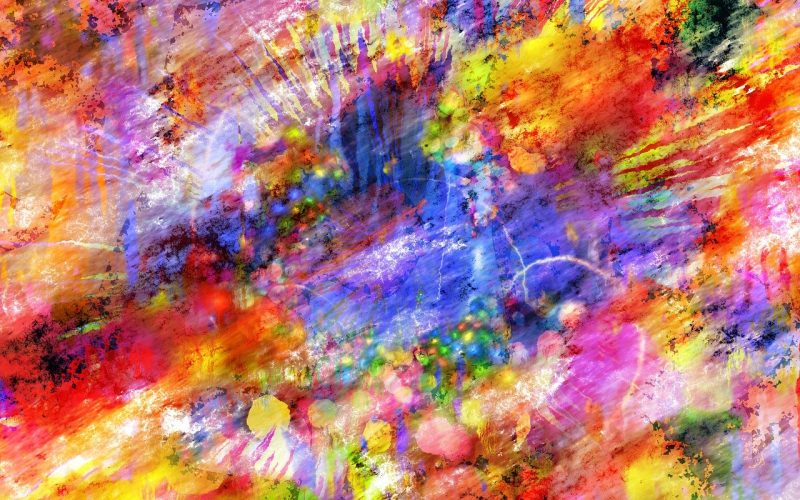Art is a powerful conduit for emotional and psychological resonance. It harnesses color and form to evoke a spectrum of feelings, communicate profound messages, and modify perceptions.
The mastery over these elements, demonstrated in iconic artworks, opens a portal to the intricate dance between visual stimuli and mental responses.
This synergy invites viewers into a shared experience, bridging individual and collective consciousness.
It illuminates the profound capacity of art to reflect and shape human experience, highlighting its role not just as a reflection of reality but as a force capable of altering it.
The Language of Color
In art, the psychology of color is a profound exploration, with artists masterfully employing hues to evoke distinct emotions and responses.
Blue, for example, might bring about a sense of tranquility and peace, while red could ignite feelings of passion or provoke aggression.
Such associations are skillfully utilized in iconic paintings to deepen thematic resonance, guiding the observer on an emotional voyage as they contemplate the canvas.
This nuanced use of color extends beyond mere aesthetic choice, bridging the viewer’s inner emotional landscape, inviting introspection and connection through the visual narrative presented.
The Dynamics of Form
The form, shape, and structure of elements within an artwork are critical to its psychological impact.
Curved lines can soothe and welcome, suggesting comfort and familiarity.
In contrast, sharp, angular forms might evoke tension or discomfort, reflecting conflict or chaos within the artwork’s narrative.
This manipulation of form allows artists to craft a complex emotional landscape, engaging viewers deeply subconsciously.
The Interaction of Color and Form
The interplay between color and form further enriches the viewer’s experience.
When artists combine these elements strategically, they can amplify or soften emotional responses, create rhythm and movement, or even alter the perceived weight and balance of the artwork.
This sophisticated visual language communicates far beyond the literal subject matter, tapping into the viewer’s emotions and memories.
Reproductions and Their Psychological Impact
In the digital age, reproductions of iconic paintings have become widely accessible, allowing a broader audience to experience the psychological effects of these masterpieces.
Websites like this one offer high-quality reproductions, making it easier for individuals to connect with art emotionally and psychologically despite the absence of the original’s physical presence.
This accessibility democratizes art appreciation and invites a wider discourse on the psychological impact of color and form across different mediums.
The Personal Encounter
Every viewer’s encounter with a painting is unique and influenced by personal experiences, cultural background, and emotional state.
This subjective experience underscores the power of art to communicate across diverse spectrums of human emotion, making the study of its psychological impact a continually evolving field.
As viewers, we bring our own meanings to the artwork, engaging in a silent dialogue with the artist through the ages.
Conclusion
The psychological effects of color and form in iconic artworks testify to the profound connection between art and the human psyche.
Through deliberately using these elements, artists communicate deeply emotionally, transcending the visual to evoke a rich tapestry of psychological responses.
As we continue to study and appreciate these masterpieces, we gain insight into the artist’s intent and a deeper understanding of our own psychological landscapes.








